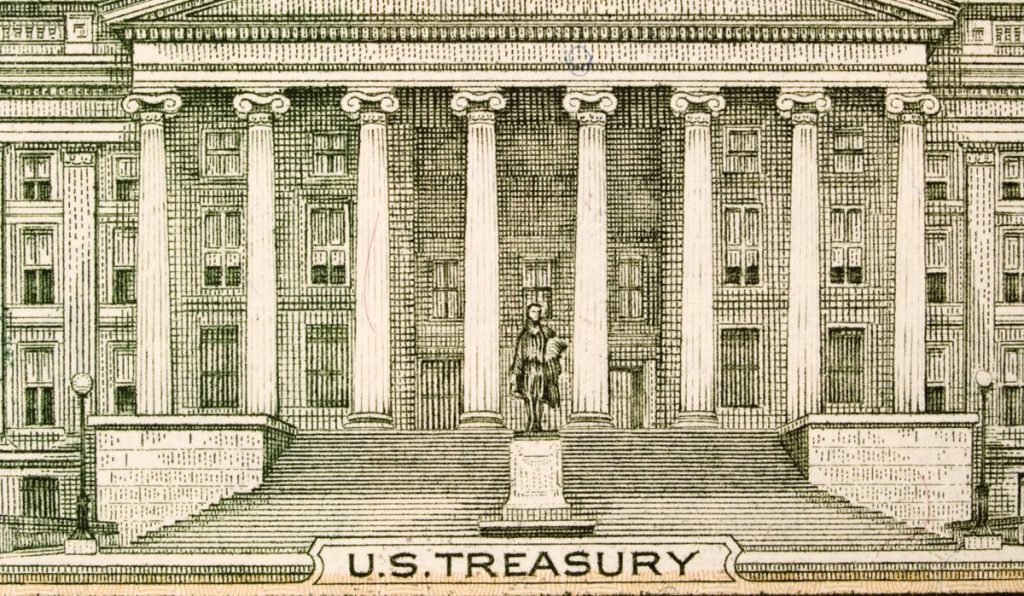On Thursday, Treasury Secretary Steven Mnuchin rolled grenades down Wall Street and Main Street: he said he would not extend several emergency lending programs beyond Dec. 31, and also asked the Federal Reserve to return a portion of $195 billion in unspent funds.
In doing so, Mnuchin would be removing liquidity for corporate bonds, municipal debt and loan programs geared to help midsized businesses. The backstop helped calm nervy markets in the spring and propped up tens of thousands of businesses. Mnuchin said they’ve done their job, and it’s time to end the initiatives.
“The Federal Reserve facilities…have clearly achieved their objective,” Mnuchin said in his letter. “Banks have the lending capacity to meet the borrowing needs of their corporate, municipal, and nonprofit clients.”
Specifically, Mnuchin would be letting the Primary Market and Secondary Market Corporate Credit Facilities (PMCCF and SMCCF), the Municipal Liquidity Facility (MLF), the Main Street Lending Program (MSLP), and the Term Asset-Backed Securities Loan Facility (TALF) expire on Dec. 31. Those programs hold $195 billion in capital that the Treasury provided as part of the larger $454 billion appropriation by Congress in March, which was directed to the Treasury’s Exchange Stabilization Fund (ESF). Mnuchin in his letter indicated all but $25 billion of the $195 billion in unused funds should be returned.
In response to the Treasury’s request, the Fed released a statement stating that it “would prefer that the full suite of emergency facilities established during the coronavirus pandemic continue to serve their important role as a backstop for our still-strained and vulnerable economy.”
The decision would make life more difficult for President-elect Joe Biden’s ability to mitigate economic fallout from the coronavirus.
Though Wall Street as well as local and state governments will be watching Mnuchin’s proposal to end emergency programs closely, there doesn’t appear to be a significant and direct impact on residential lending, largely because it wasn’t injected with liquidity in March in the first place.
“There’s some facilities for CMBS, but not for residential mortgages,” said Tim Rood, head of industry relations at SitusAMC. “Quite frankly, it was the most conspicuous thing that they made a market for practically every conceivable financial asset except for mortgage servicing rights. At the time where the burden’s put on mortgage servicers, it was unthinkable, if not unconscionable, without having some advanced facility for them. So you can take that to mean that there’s probably not a whole lot of tears spilt for mortgage bankers around D.C. Nothing speaks louder than silence.”
Because the housing market is a proxy for the overall economy, Rood said Mnuchin’s plan could have some indirect affect on the residential market.
“You take away those other governments lending facilities or making a market for those things, and at a minimum, there will be less lending, less velocity of cash, and therefore the economy will be depressed,” he said. “So it’s not good for housing.”
In a note, Goldman Sachs chief U.S. political economist Alec Phillips said that Mnuchin’s request “is likely to mean that those facilities will no longer undertake new transactions until after the end of the year.
“That said, the incoming Biden Administration might be more sympathetic to restoring those facilities and could restart them,” Phillips said. “It is unclear whether the Fed will retain the full $195 billion in capital the Treasury provided earlier this year for those facilities, but it is very likely that the Treasury would have at least some available funds to capitalize those facilities next year, even if the Fed returns the unused capital as the Treasury has requested.”




